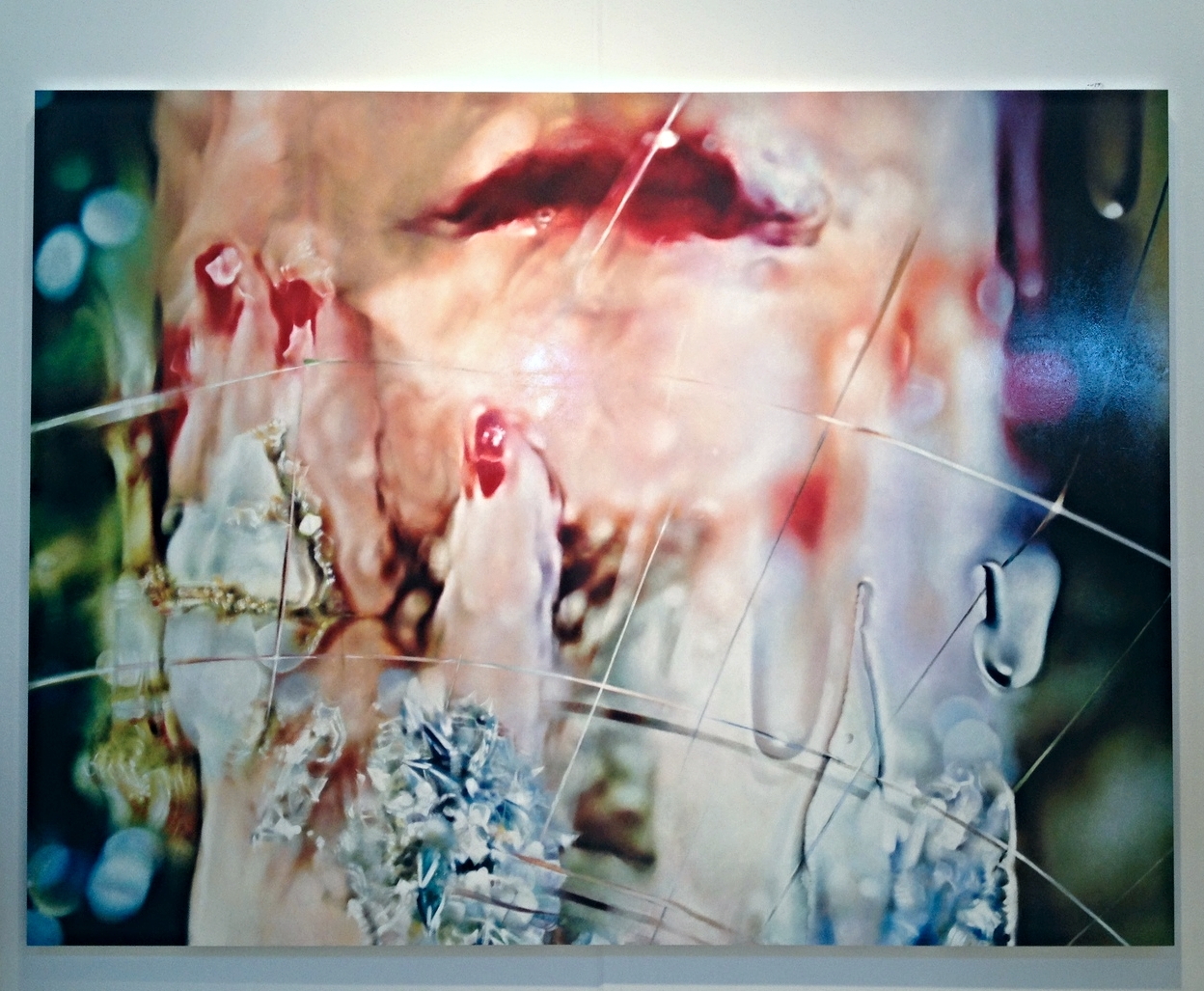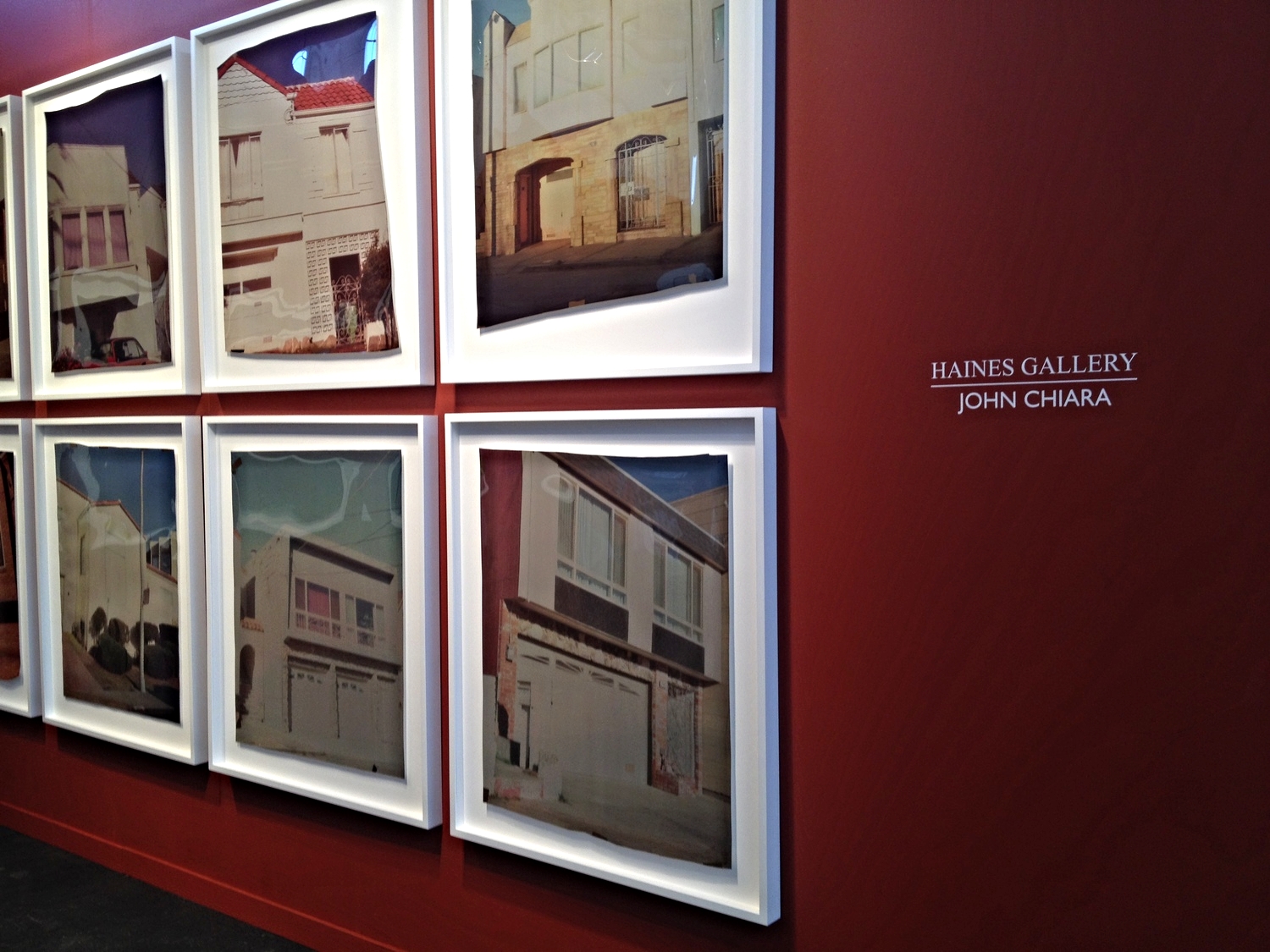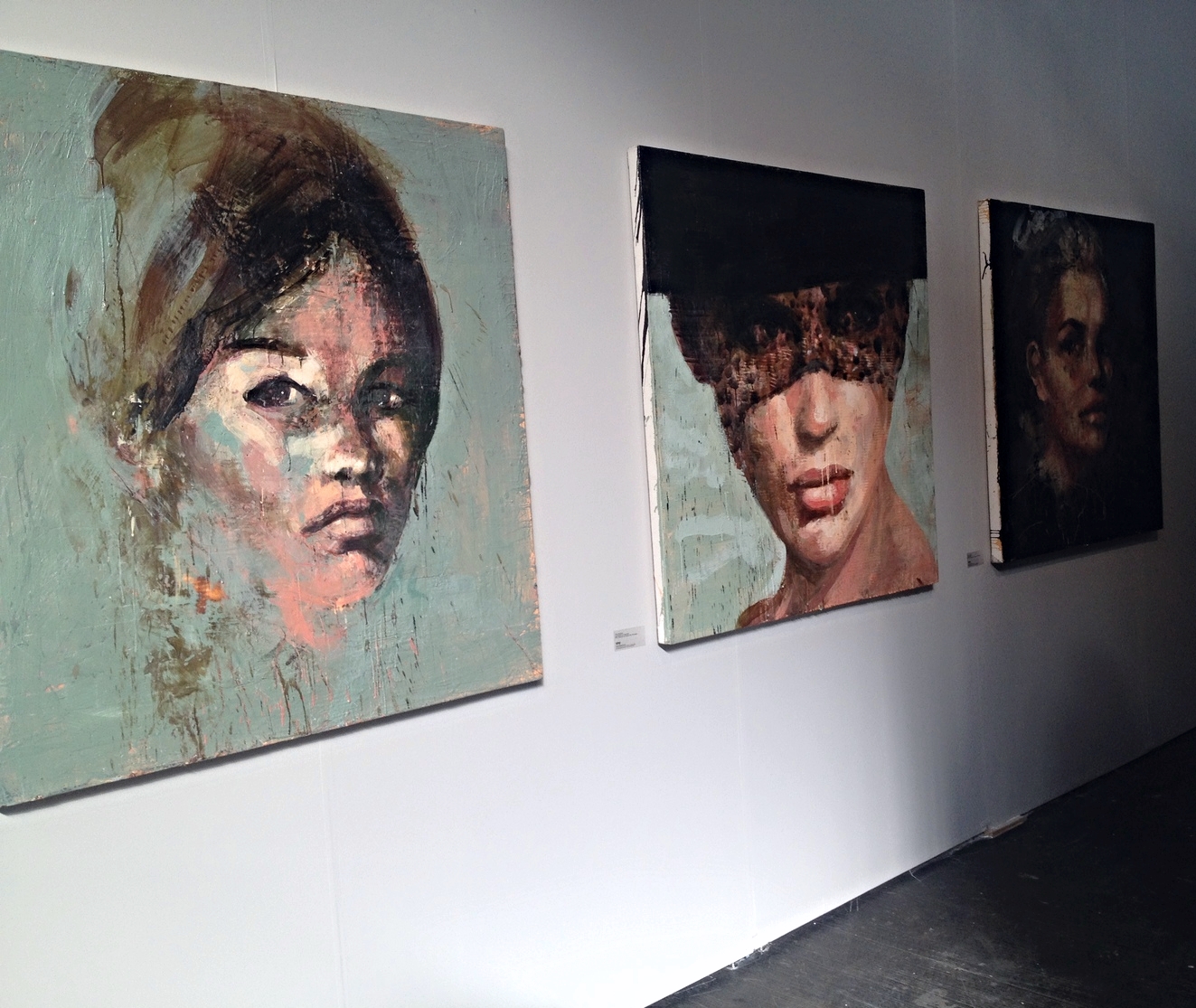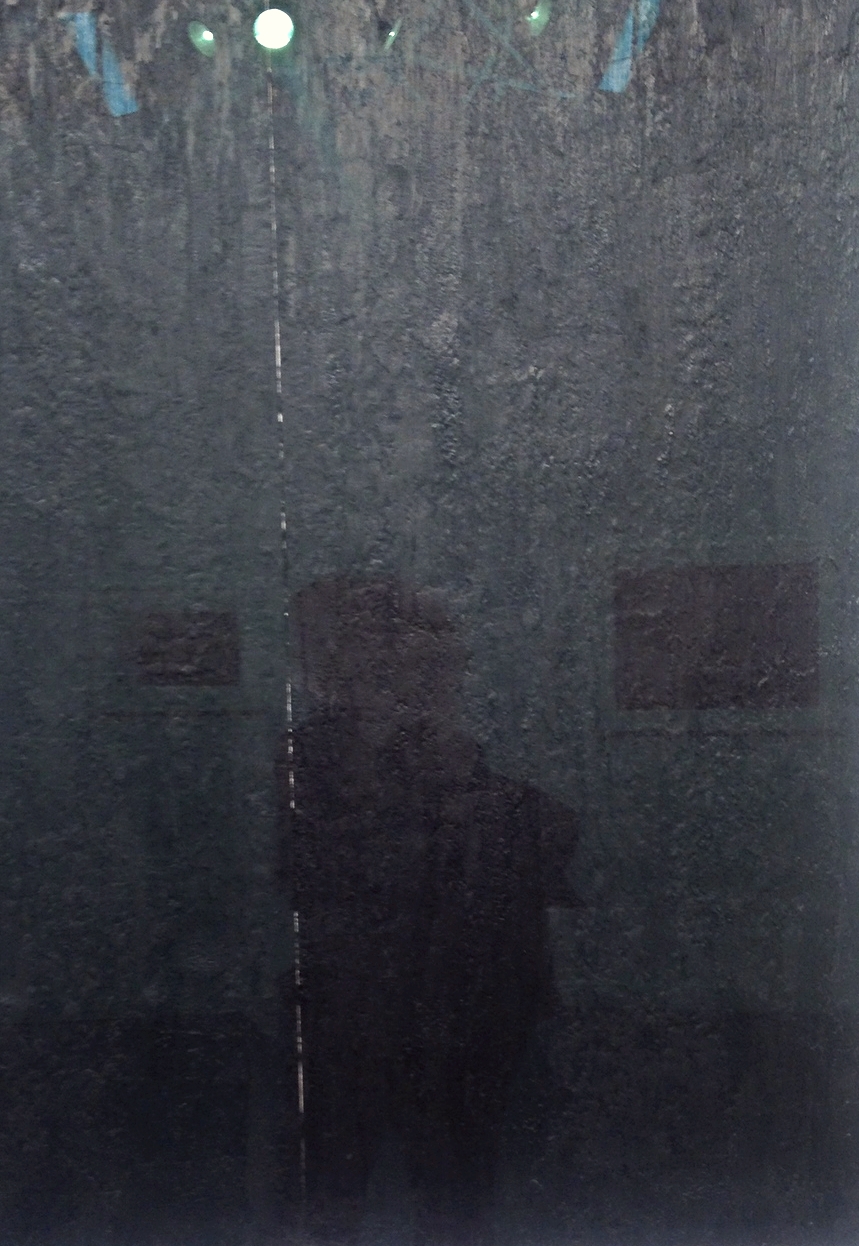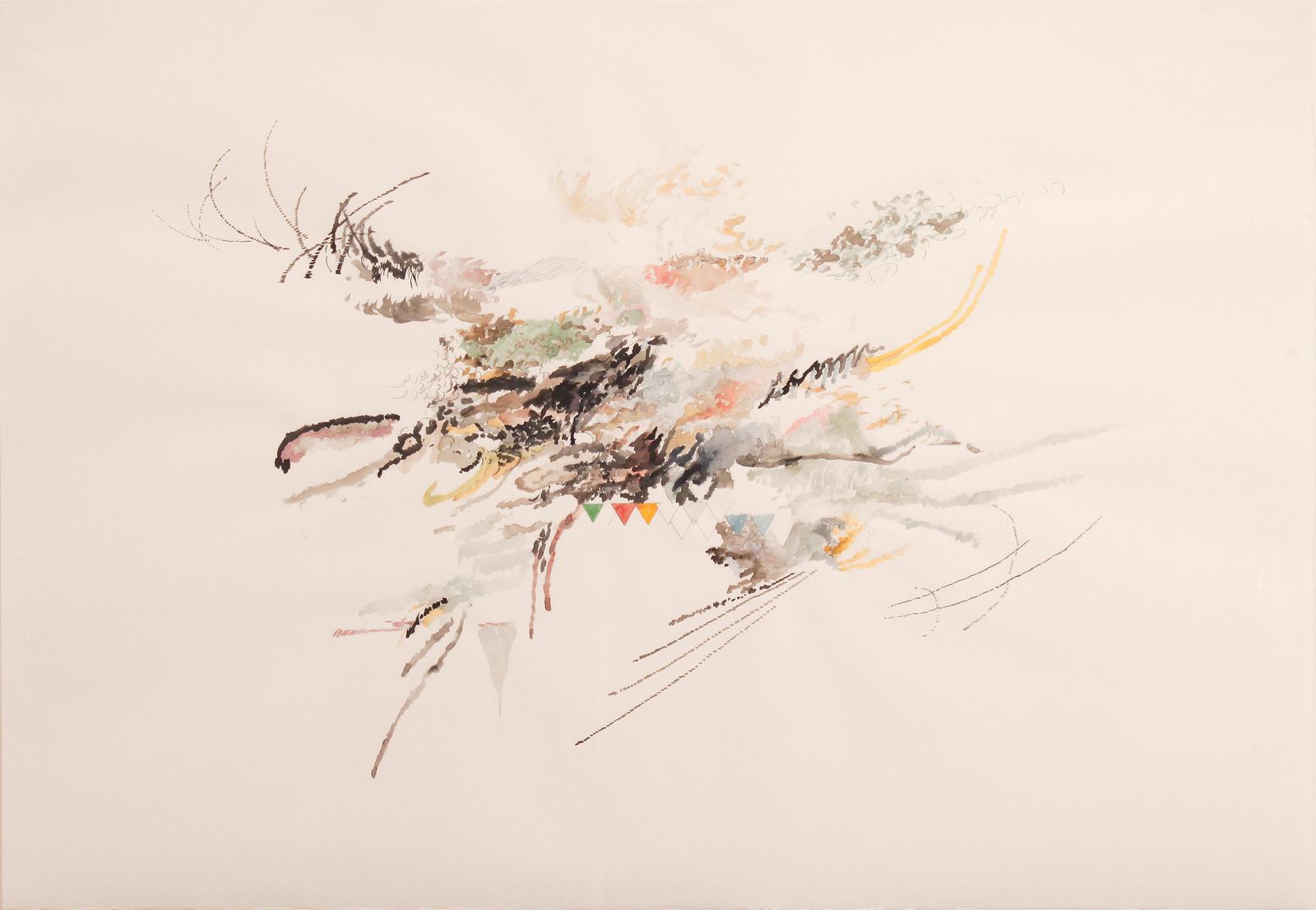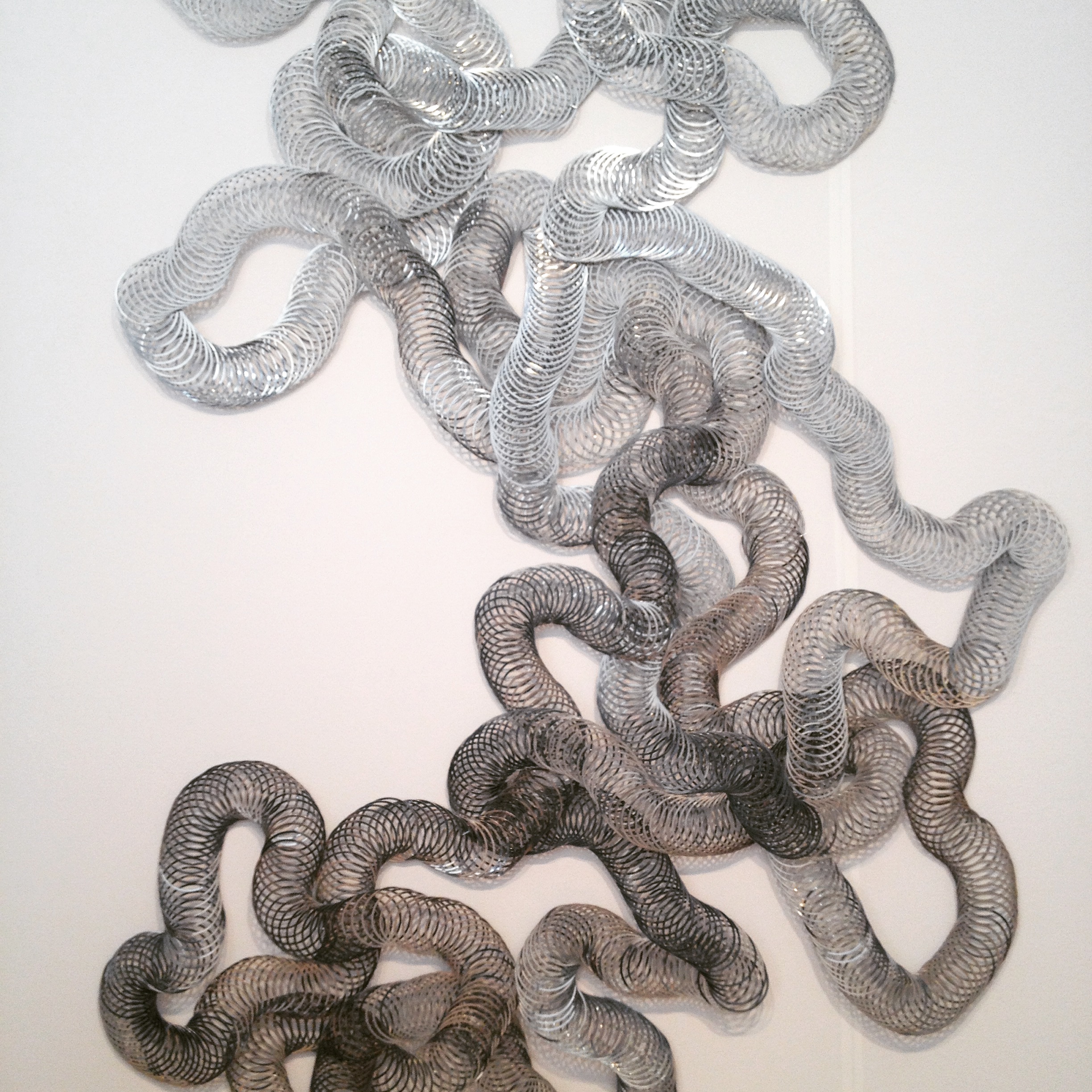I can't believe I:
1) went to Las Vegas,
2) saw one of the most amazing works of art I have ever seen,
3) and this was not a museum or even a gallery, but at a mall.
Hidden inside the fourth floor of an enormous Louis Vuitton store is an art installation by the contemporary artist James Turrell. Turrell creates installations using variations of natural, artificial, and colored light that alter our perceptions of reality. As Turrell explains, "I am interested in the physicality of light and feeling its physicality in my work. I like the psychological impact and emotional impact of light and color."
James Turrell's work is rooted in the study of psychology and light. His expansive career includes creating "sky spaces" by excavating a crater in the Painted Desert (called Roden Crater), and last year he transformed the rotunda of the Guggenheim Museum by immersing the interior with a combination of natural and artificial light.
"I didn't want to use light as we normally use it, that is to illuminate other things - I was interested in the thingness of light itself, so the light became the revelation." - James Turrell
Seeing (or rather experiencing) his artwork is difficult to articulate. We see light, yet we also experience light with our body and mind, and it is this concept that Turrell's work articulates. As the artist explains:
"Light goes into the skin. From that we make Vitamin D, so we are literally light eaters; it's part of our diet."
In Las Vegas at the Louis Vuitton store at the City Center, Turrell has created an indoor installation using a "ganzfeld effect" - a visual sensory encounter altering perception through light and space.
Seeing Turrell's Las Vegas work is free, but an appointment is required. When you go to your appointment at the clothing store, you are taken up an elevator to the fourth floor. The dimly lit chamber you enter from the elevator has black walls in order to adjust your eyes for what you are about to experience.
The incredibly friendly and knowledgeable Louis Vuitton staff then offer you a Perrier, have you sign a three page waiver, and explain the artwork and artist to you. You learn how the name of the work, "Akhob", is derivative from the Egyptian word for "pure water."
Next you are taken to a room and told to take your shoes off and put disposable shoe covers on your bare feet. It's odd, but the reasoning soon becomes evident. You then walk up several steps towards a white dome shaped structure with a large opening.
When you stand at the top of the stairs, you see that the cavernous space leads to another large room. The walls and ceilings of this 1,200 square foot space are pristine and white - there are no smudges or evidence that anyone has set foot in here before you. You are accompanied by two staff, and one of the girls walks you to the end of the second chamber. She walks to what is presumably the end of the second chamber and explains that you are not to walk past her because there is a six foot drop and in addition to falling, you will also trigger an alarm. You cannot see the edge. She also tells you to remember that the back wall where you entered does not change colors. At this moment, the wall looks emerald green.
What happens next is a twenty minute sequence of lights that alters your perception of space and vision. It's hallucinatory and surreal. The sequence starts off as pink, then red and orange and goes through a myriad of colors. My friend Helen and I stood there, quietly observing. It was serene. Talking seemed inappropriate, almost like we were at church. I looked through the first chamber towards the back wall which was once green, and it had turned now brown. The two chambers were designed to mimic the shape of our eyes, and this is evident when standing towards the edge of the second room. Helen's face looked orange. The Louis Vuitton guide who was wearing all white now looked purple, almost ultraviolet. Then blue. Everything around me kept changing. Different waves of colors appear and disappear, bathing the entire space with its intangible presence.
Photo courtesy of Louis Vuitton.
One of the best things about this artwork is its intimacy. Appointments are limited to six people at a time. It is also not a highly publicized exhibition. I learned about it through word of mouth, and the clandestine nature plus the exclusivity of it being in a luxury store adds to the experience.
The second thing I really like about this and all of Turrell's work is its simplicity. This work needs no explanation. You do not necessarily need to know about Turrell's background in order to appreciate this work. Too often, contemporary art needs to be placed in a context and explained to us. Art can be intimidating. Yet with Turrell, we can enjoy this work whether we have our doctorate in art history or no prior knowledge of the artist. My experience is just as validated and as meaningful as my friend's who accompanied me, and she had never heard of the artist.
In addition to excavating volcanos, Turrell has also had major exhibitions at the Los Angeles County Museum of Art; the Solomon R. Guggenheim Museum in New York; the Museum of Fine Arts, Houston; and Kayne Griffin Corcoran in Los Angeles. You can see more of his work here.
To visit James Turrell's Akhob, call (702) 730-3150.
You can read more about the art collection at the CityCenter Shopping Center in Las Vegas here.



